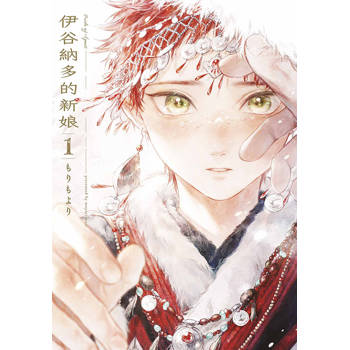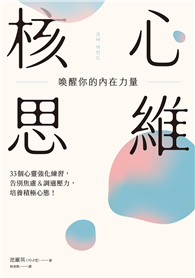| FindBook |
|
有 3 項符合
Library Without Walls, LLC的圖書 |
 |
$ 929 | Thoughts in the Ether - Pensamientos en El Éter - Vol. 1 (Large Print Ed.)
作者:Samaan / 譯者:Semidey Rondón,María 出版社:Library Without Walls LLC 出版日期:2025-02-01 語言:英文 規格:平裝 / 176頁 / 23.39 x 15.6 x 1.04 cm / 普通級/ 初版 / 大字版  看圖書介紹 看圖書介紹
|
 |
$ 1081 | Thoughts in the Ether - Pensamientos en El Éter - Vol. 1 (Large Print Ed.)
作者:Samaan / 譯者:Semidey Rondón,María 出版社:Library Without Walls LLC 出版日期:2025-02-01 語言:英文 規格:精裝 / 176頁 / 23.39 x 15.6 x 1.42 cm / 普通級/ 初版 / 大字版  看圖書介紹 看圖書介紹
|
 |
$ 2022 | Shades of Vanity: Shades & Shadows of Eroticism
作者:Samaan 出版社:Library Without Walls, LLC 出版日期:2023-02-16 語言:英文 規格:平裝 / 142頁 / 21.59 x 21.59 x 0.94 cm / 普通級/ 初版  看圖書介紹 看圖書介紹
|
|
|
|










